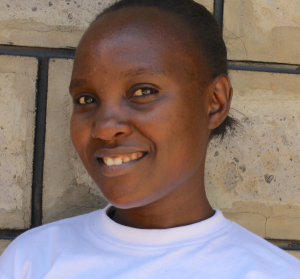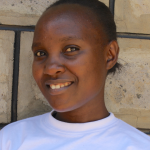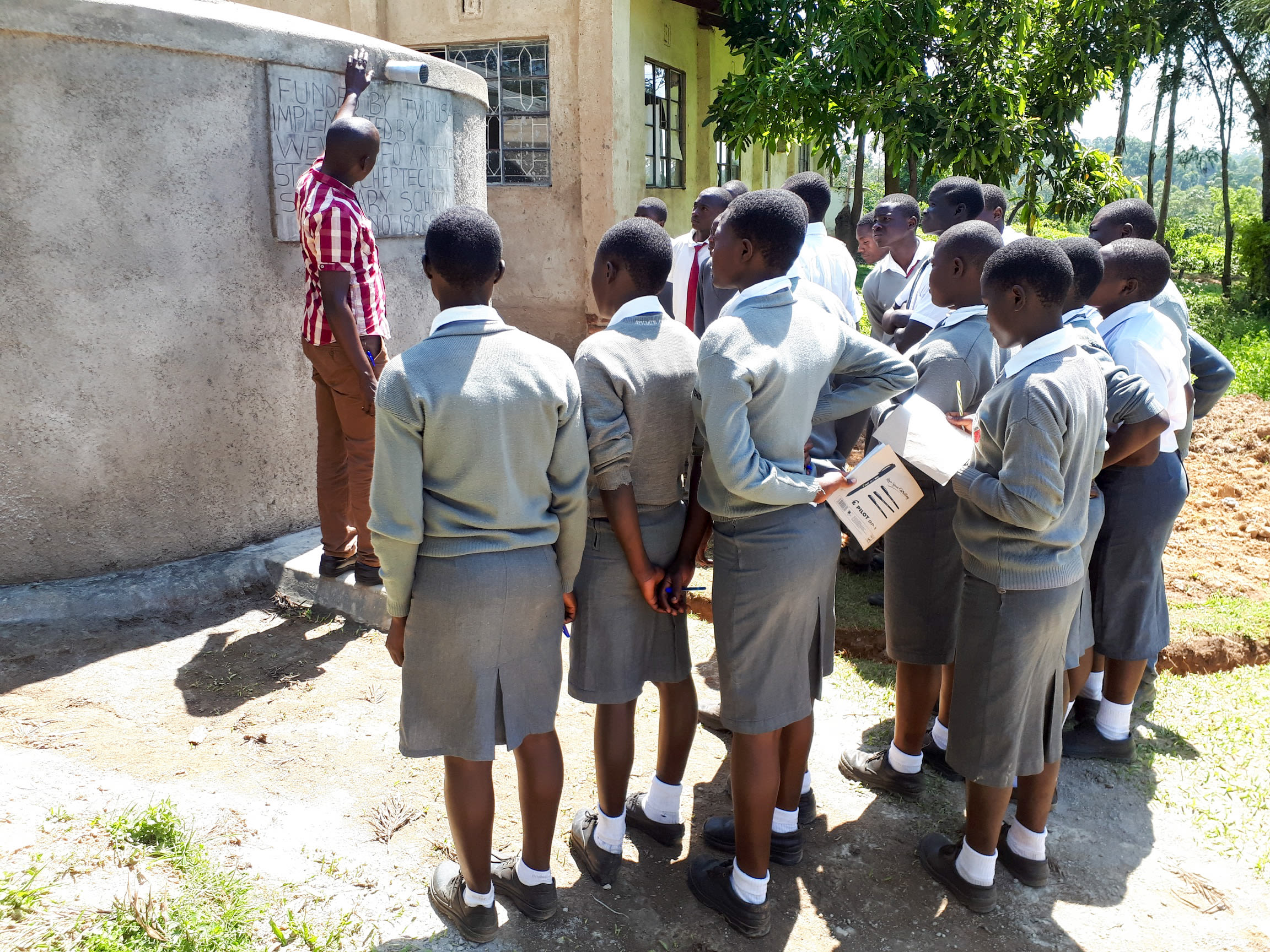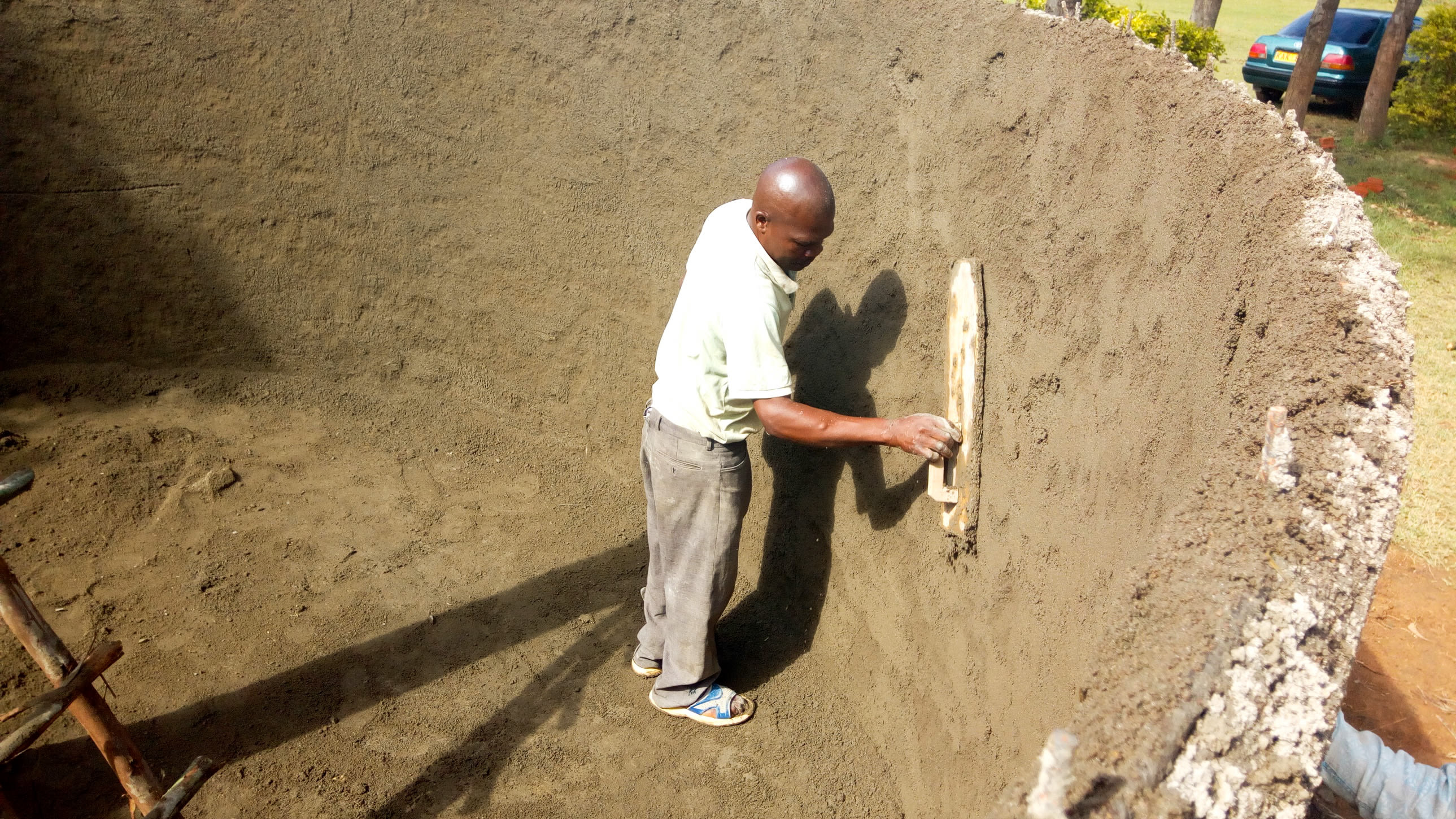The headteacher at St. John Cheptech Secondary School heard about our projects that improve access to safe water in schools and decided to pay a visit to our offices. He completed the necessary steps to apply, and we determined during our visit to the school that it is indeed in need of support.
There are pipes on the school grounds connected to a community borehole. Hundreds of people rely on this well, even though it produces water that is turbid and salty - signs that it is likely unsafe for drinking. As a result, the students go to a nearby river to fetch drinking water. It exposes them to risk of contracting waterborne diseases.
"The students often complain of stomachache and diarrhea because of the contaminated water that they carry from home. Some of their water sources cause them to have a fever and sore throat. These cases are very rampant in the rainy seasons and many cases of absenteeism are usually reported," Principal Fred Chikamai said.
The toilets are in a pathetic condition, said our field officers. The floors are worn out and very dirty. The school management has neglected the latrines and the students have to wade through long grass that has grown along the toilet corridors.
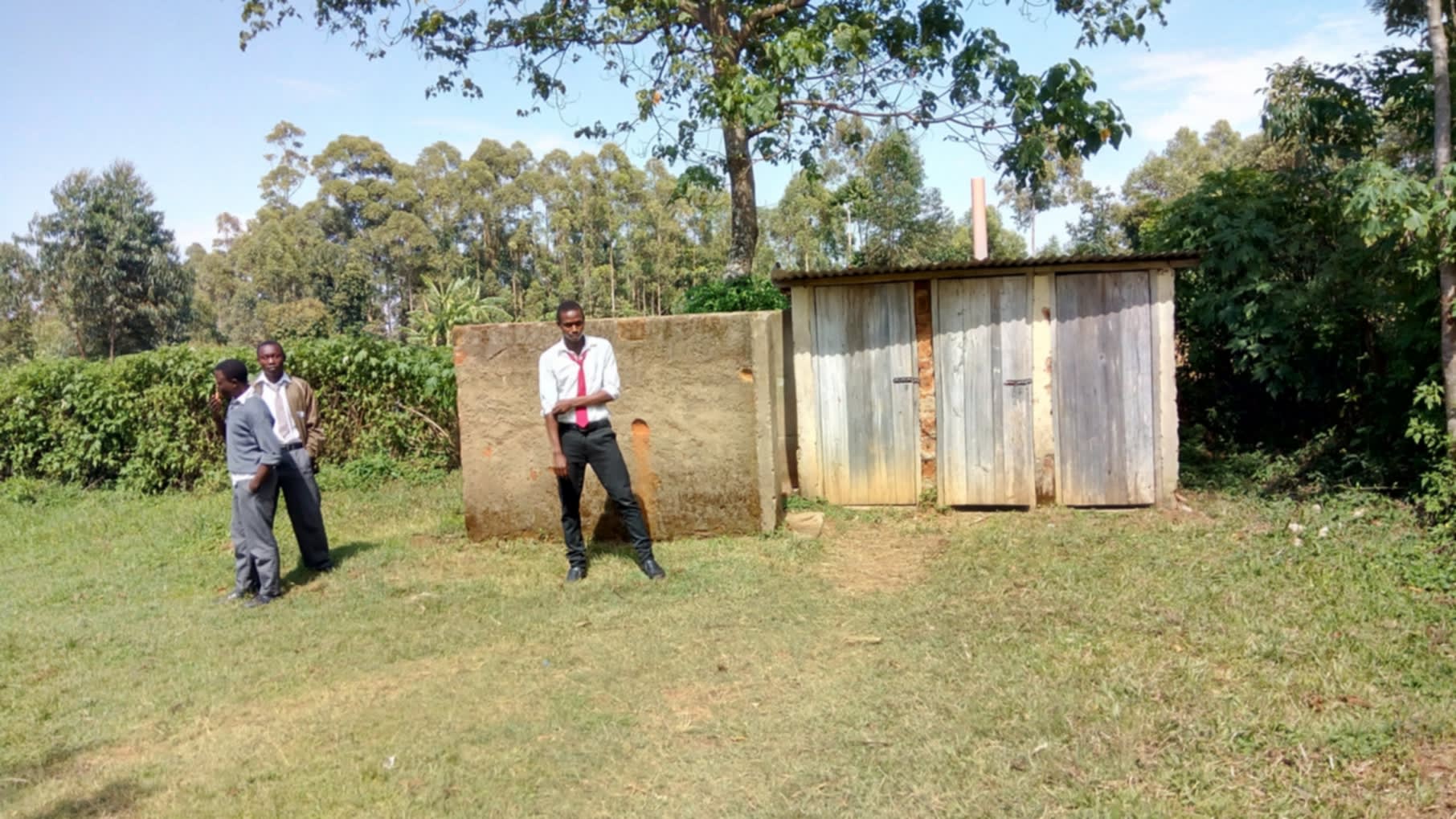
A normal day for the students starts by getting up very early in the morning, taking breakfast and start their long walk to school. The lessons begin at 7am for morning preps, then assembly time at 8am where teachers give the orders of each day, after which class work lessons run from 8:15am to 4:15pm including breaks.
Finally, the students end the day during games time from 4:15pm to 5pm. After the games, the students usually go to class for evening study hall which ends at 6pm when they leave for home.
What we are going to do:
Training
Training will be held for two days. The facilitator will use PHAST (participatory hygiene and sanitation transformation), ABCD (asset-based community development), CTC (child to child), lectures, group discussions, and handouts to teach health topics and ways to promote good practices within the school. The CTC method will prepare students to lead other students into healthy habits, as well as kickstart a CTC club for the school.
Handwashing Stations
This CTC club will oversee the new facilities, such as handwashing stations, and make sure they are kept clean and in working condition. The two handwashing stations will be delivered to the school, and the club will fill them with water on a daily basis and make sure there is always a cleaning agent such as soap or ash.
VIP Latrines
Two triple-door latrines will be constructed with local materials that the school will help gather. Three doors will serve the girls while the other three serve the boys. And with a new source of water on school grounds, students and staff should have enough to keep these new latrines clean.
Rainwater Catchment Tank
A 50,000-liter rainwater catchment tank will help alleviate the water crisis at this school. The school will also help gather the needed materials such as sand, rocks, and water from the spring for mixing cement. Once finished, this tank can begin catching rainfall that will be used by the school’s students and staff. Students will no longer be responsible to find enough water to carry to school every day, nor leave class again to find more.
We and the school strongly believe that with this assistance, standards will significantly improve. These higher standards will translate to better health which will unlock the potential for higher academic achievement.

 Rainwater Catchment
Rainwater Catchment
 Rehabilitation Project
Rehabilitation Project












